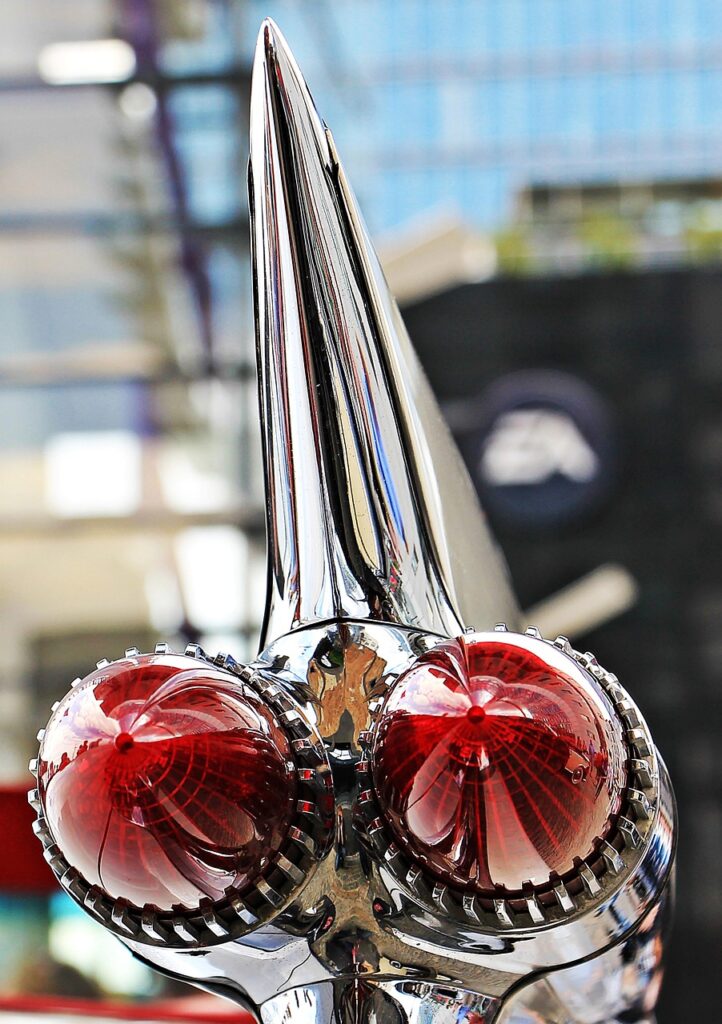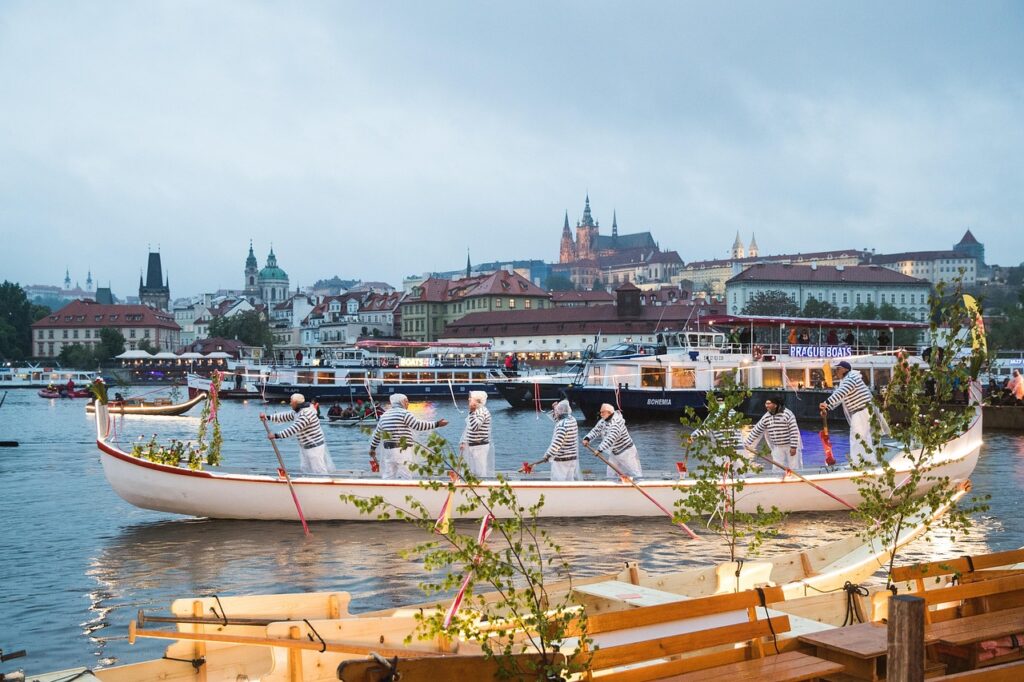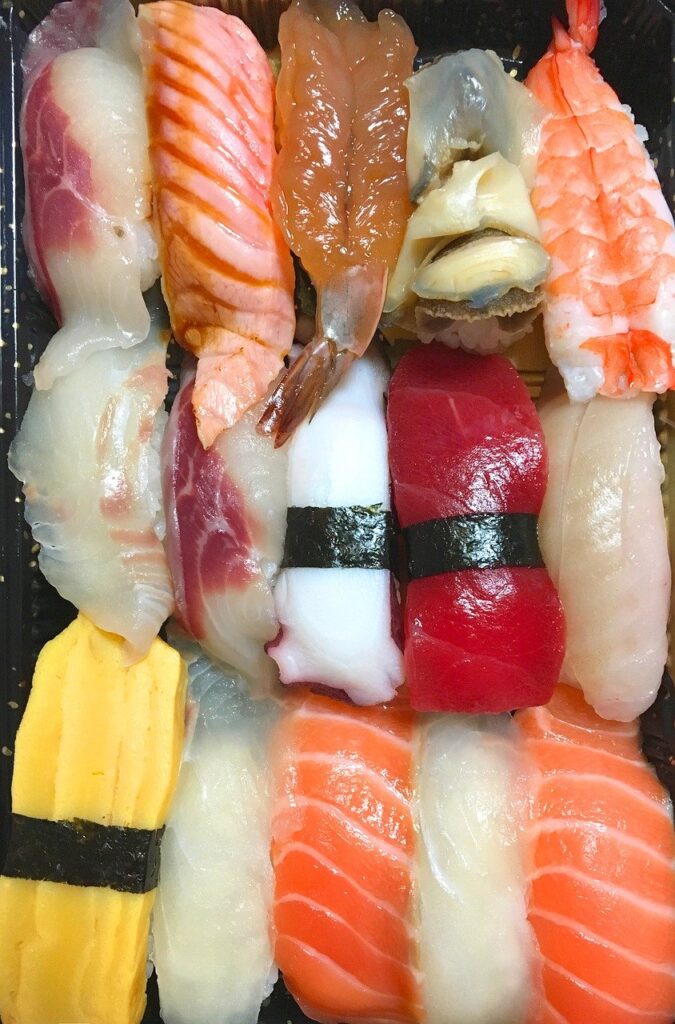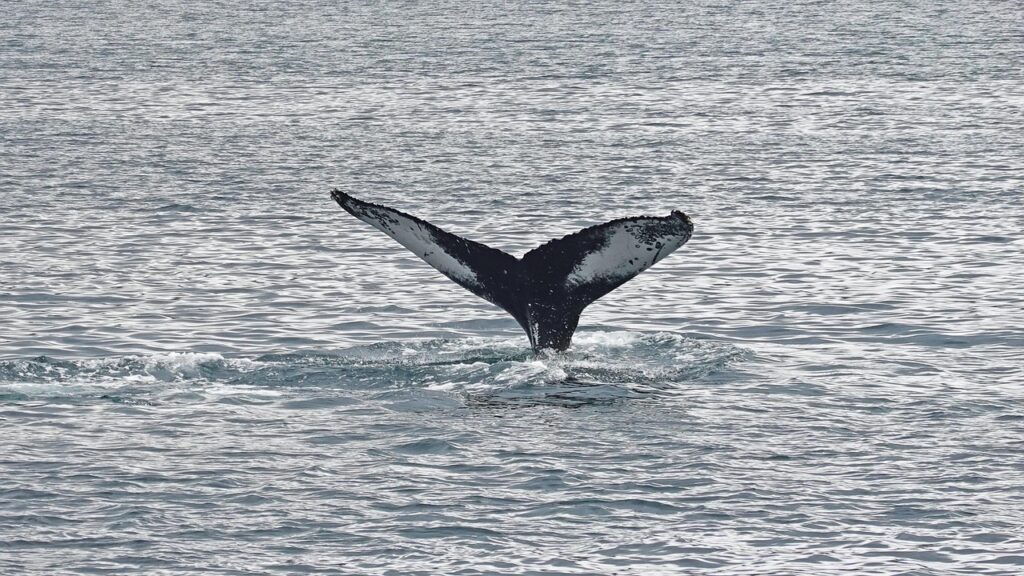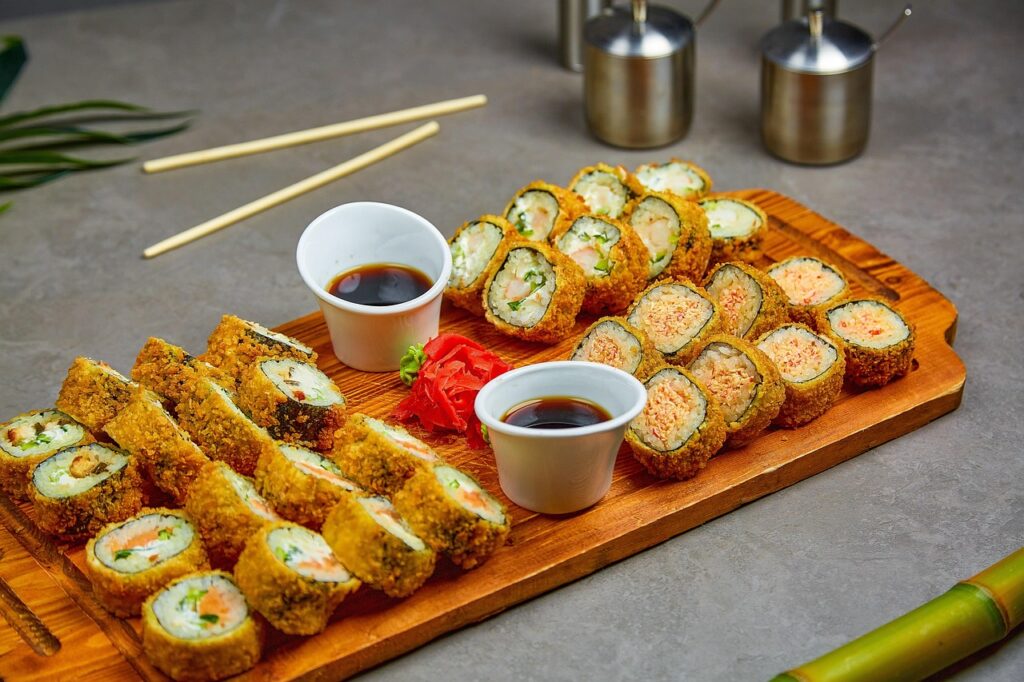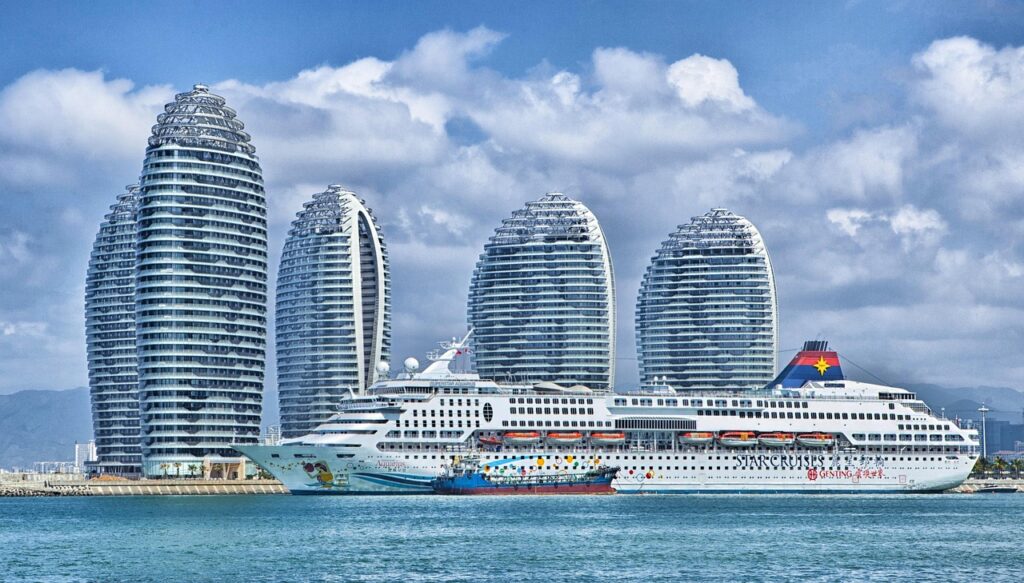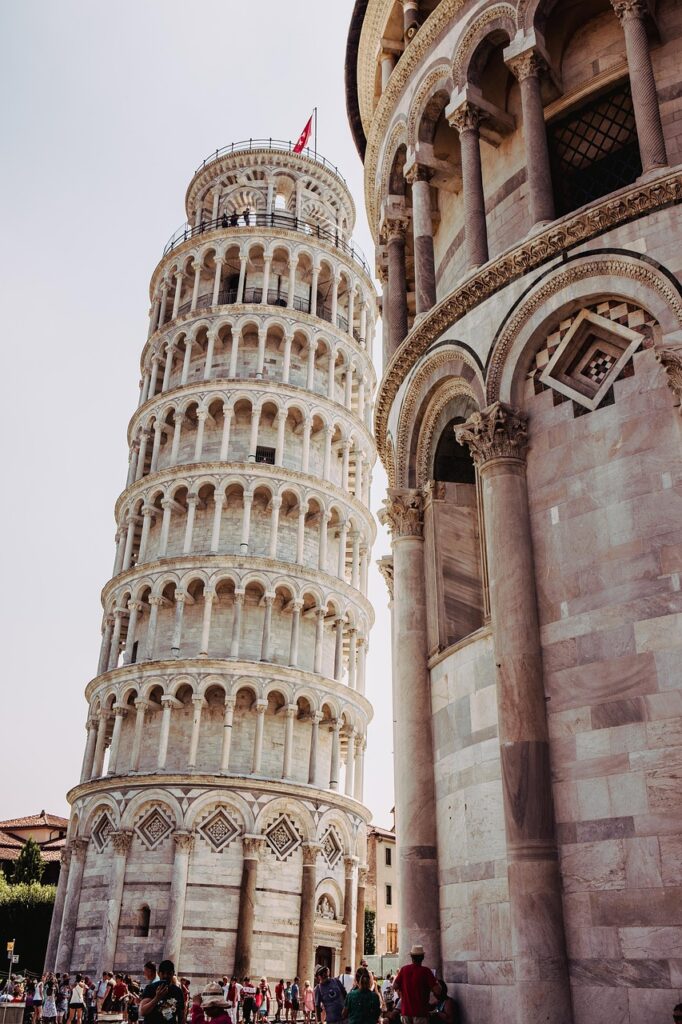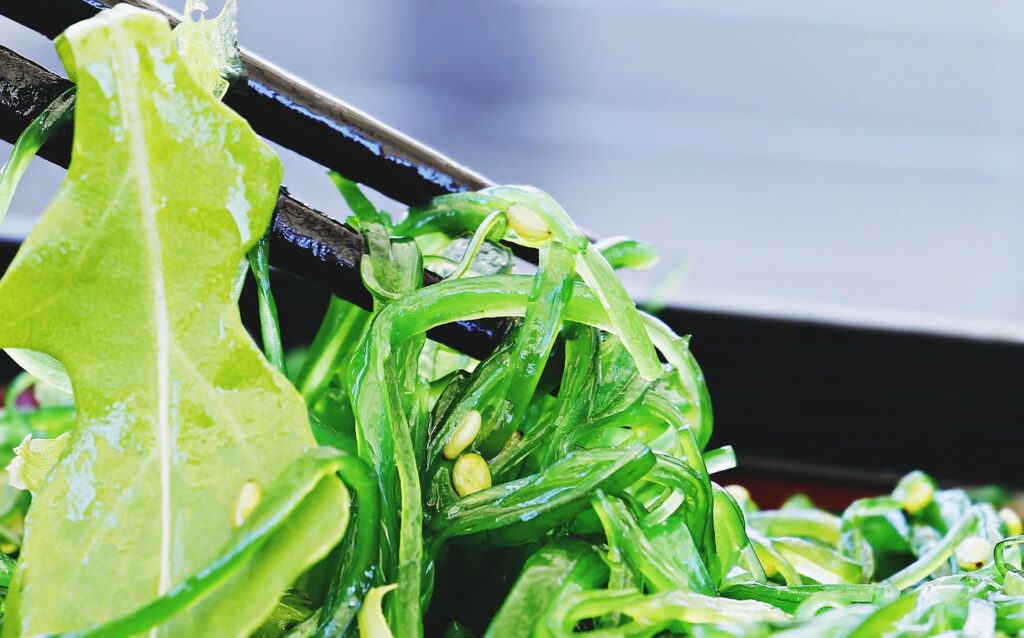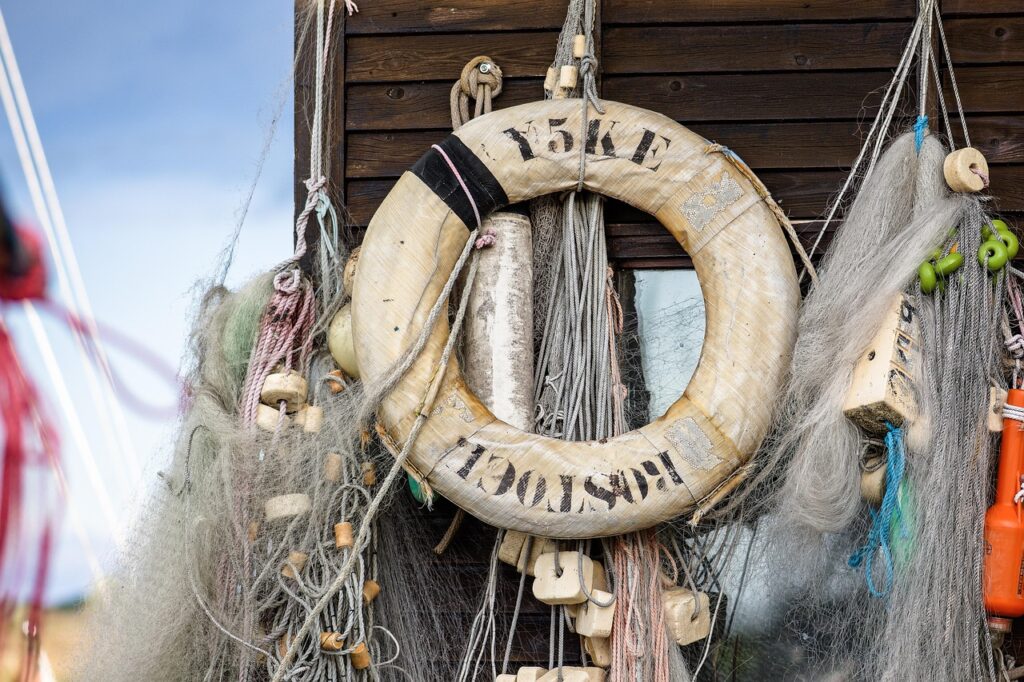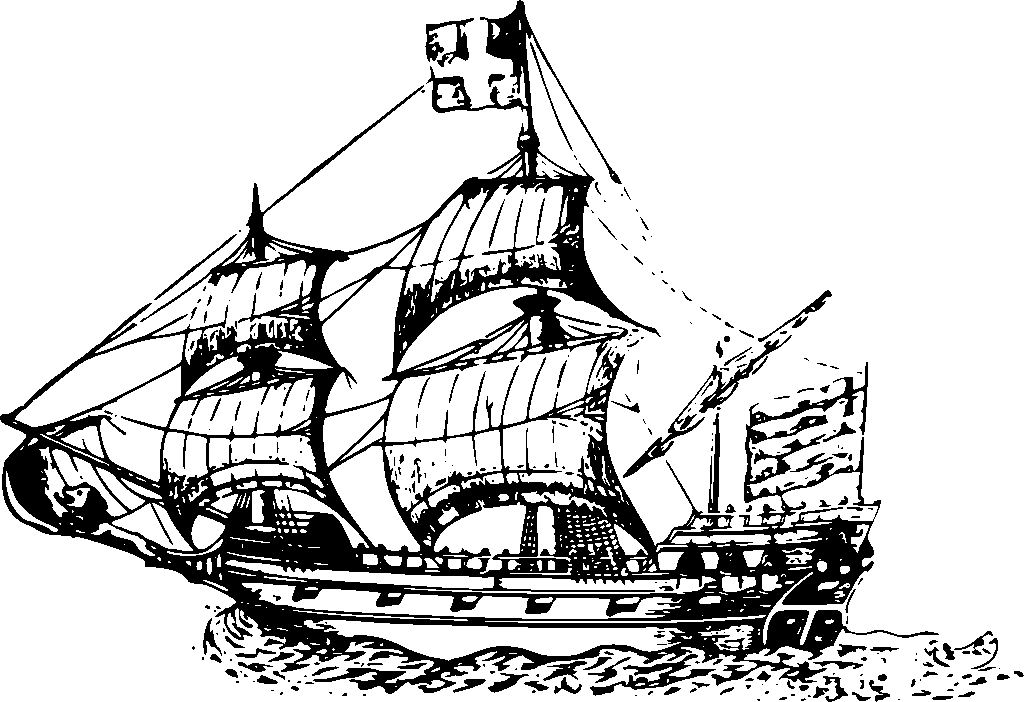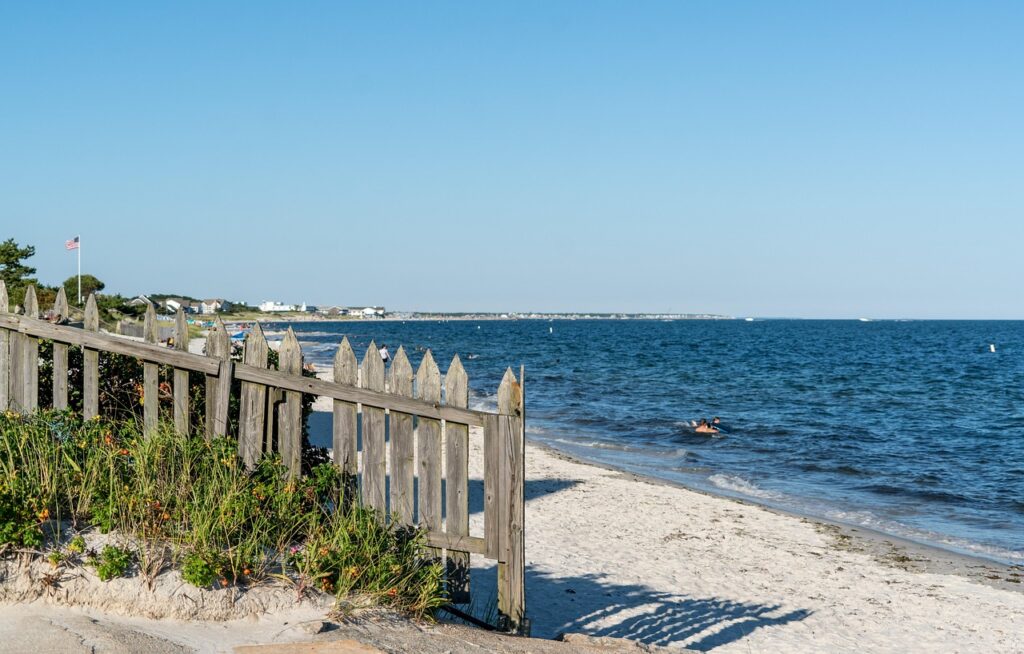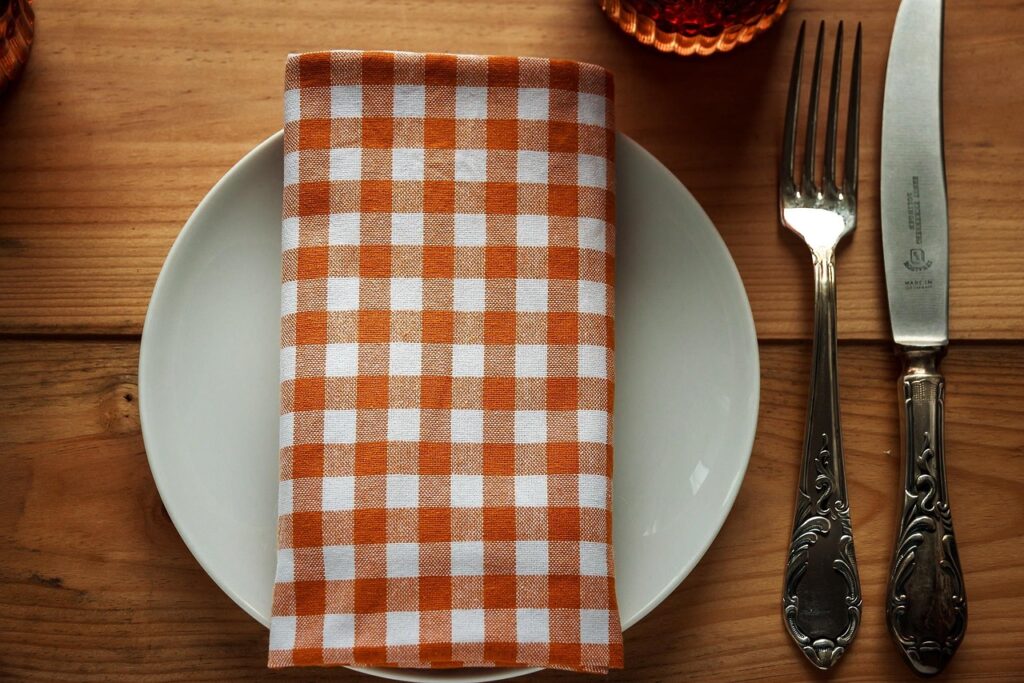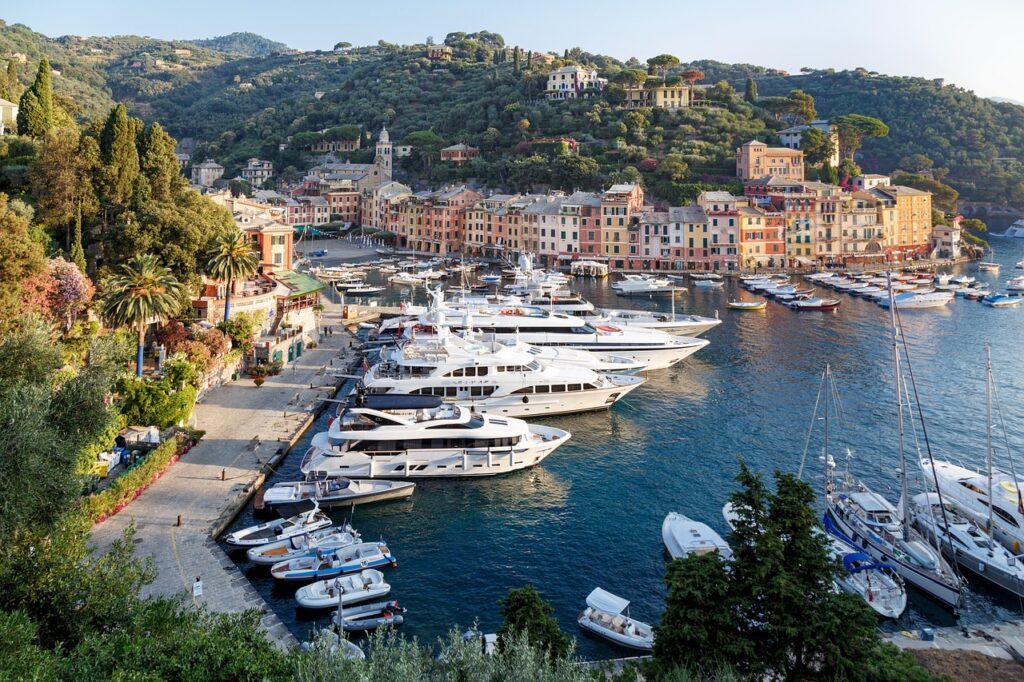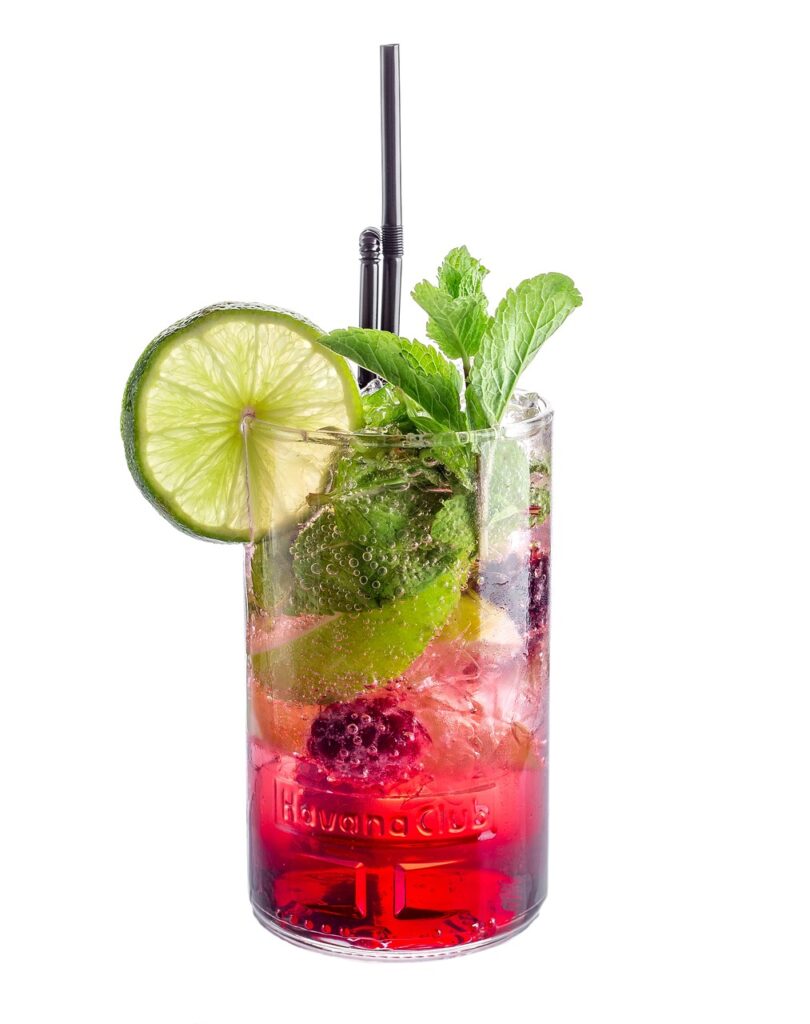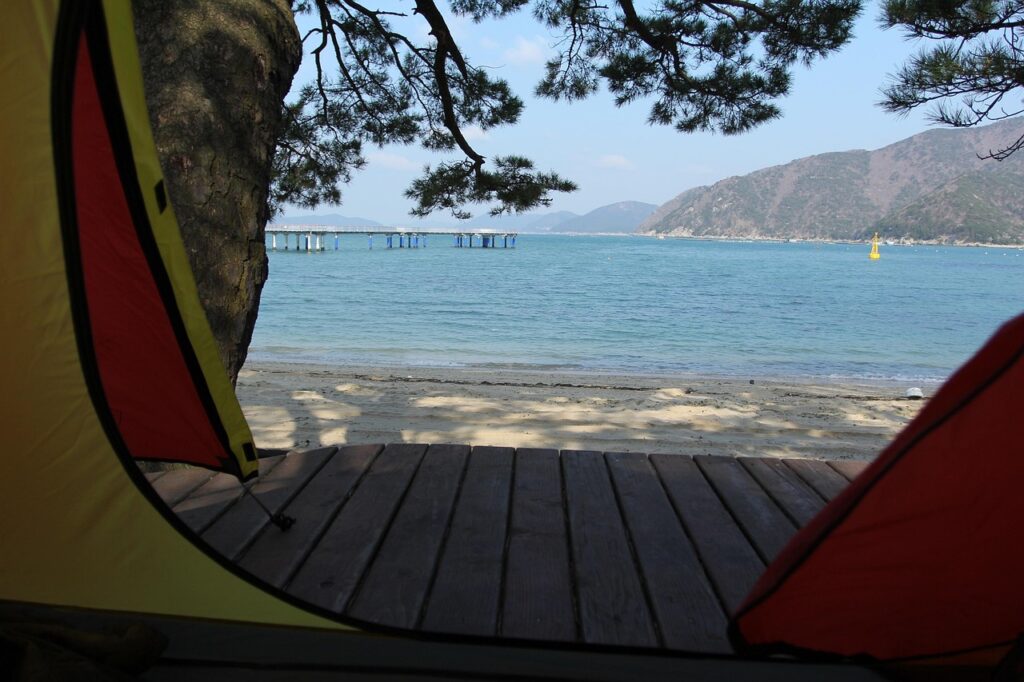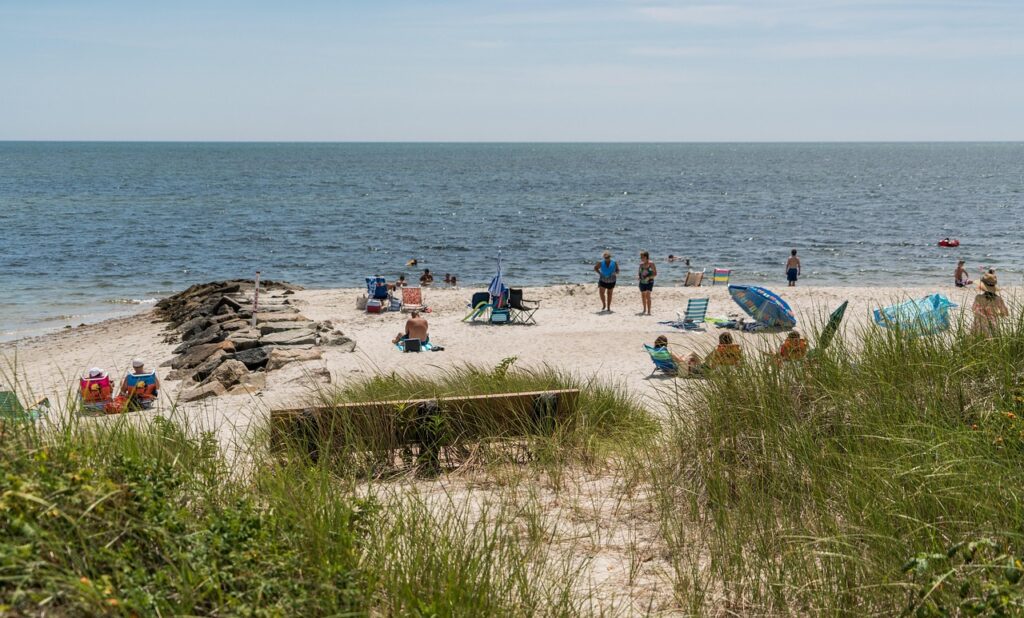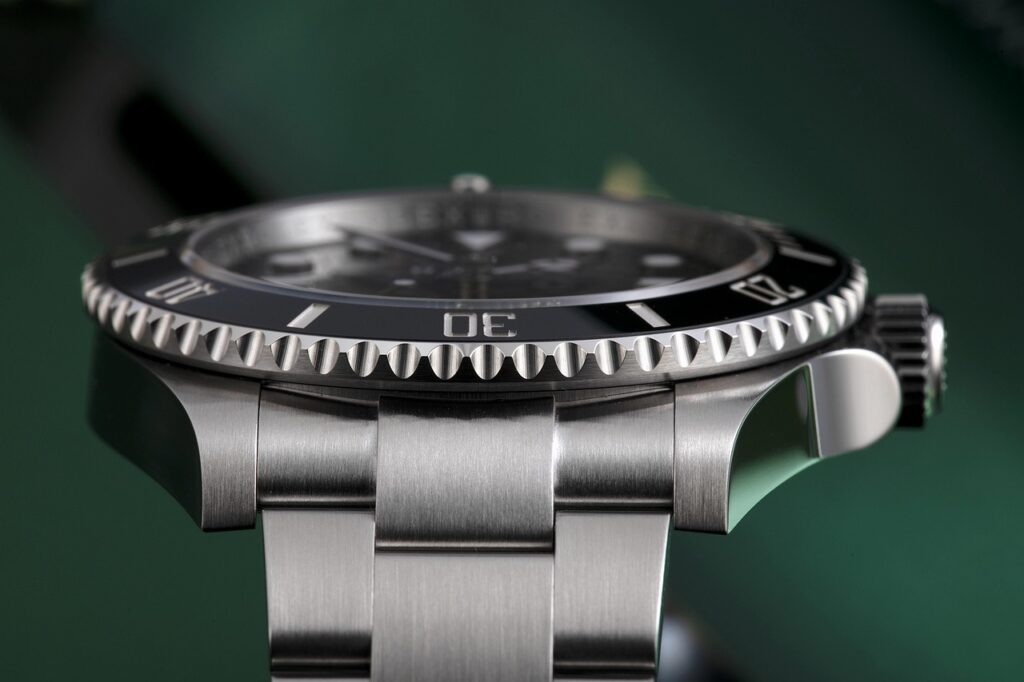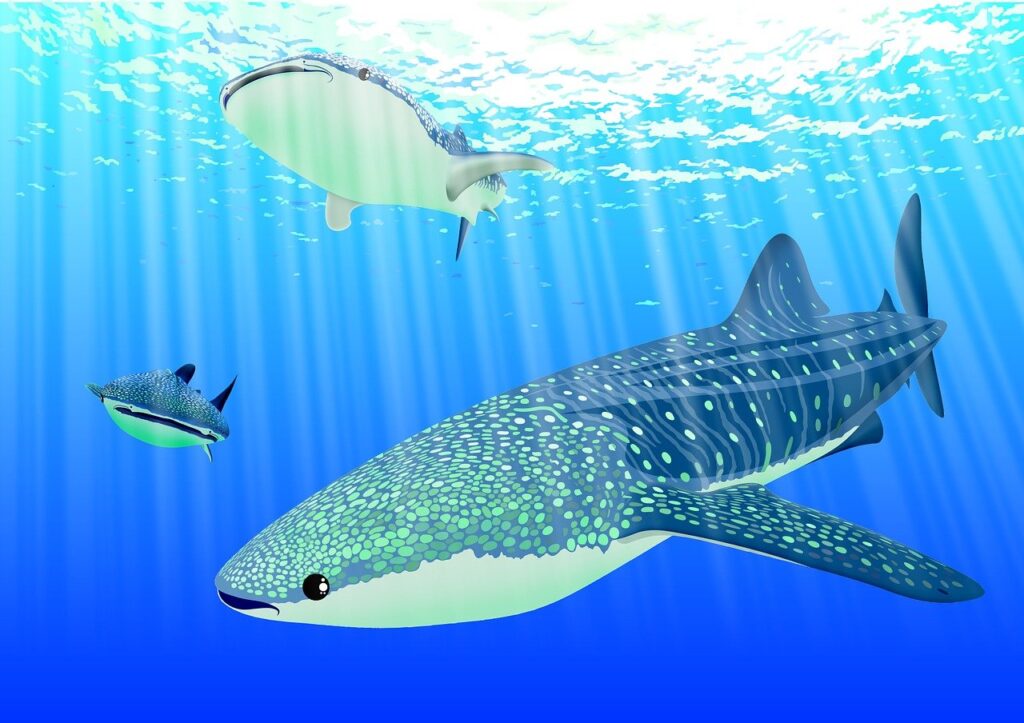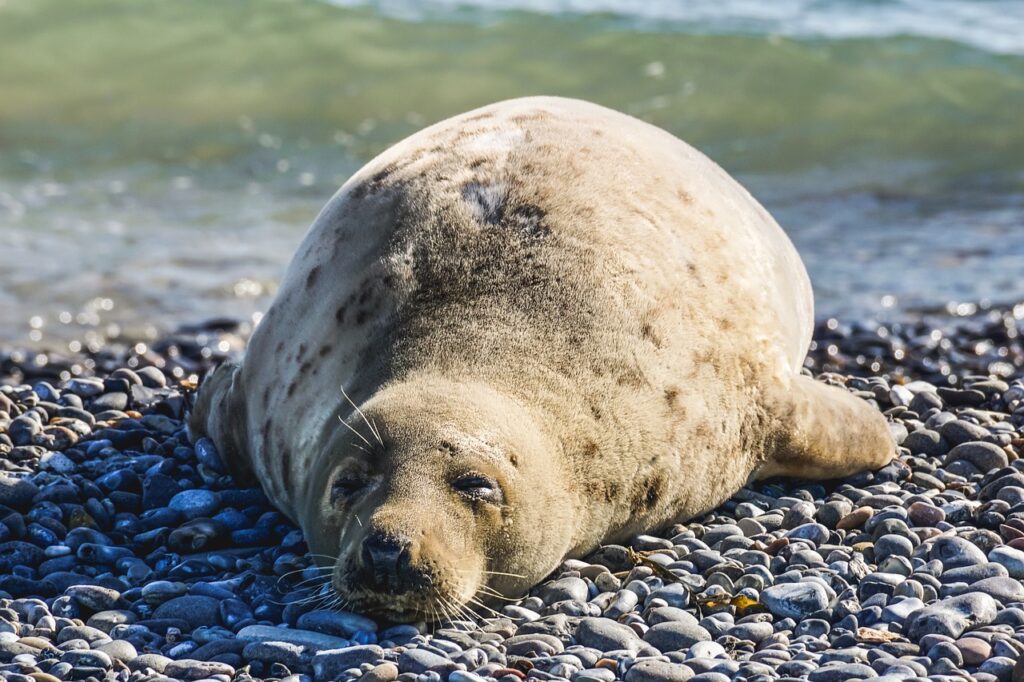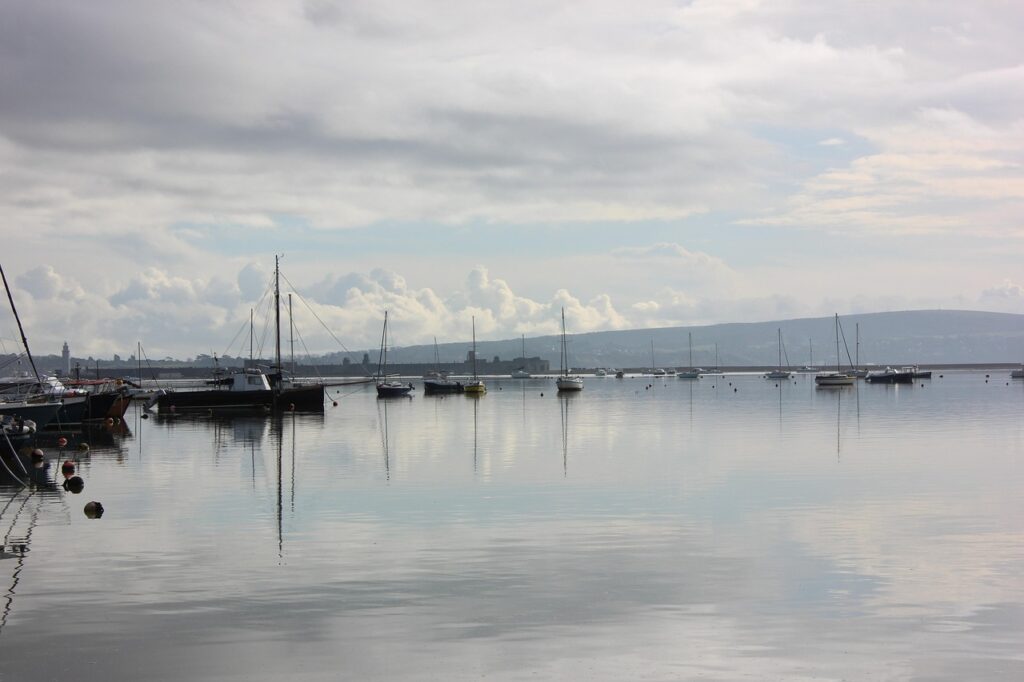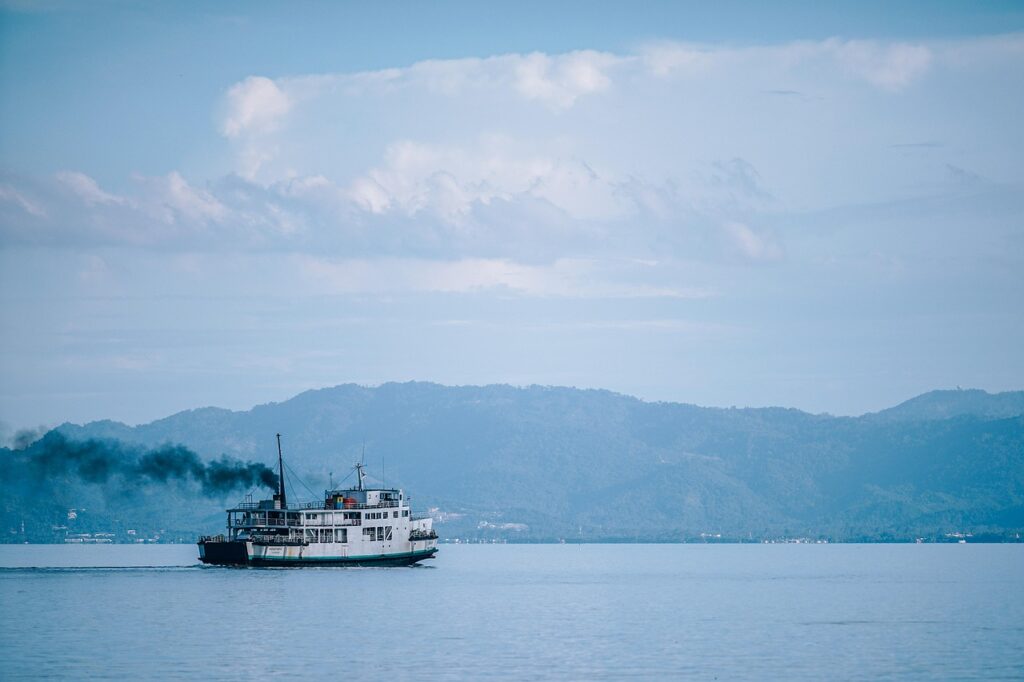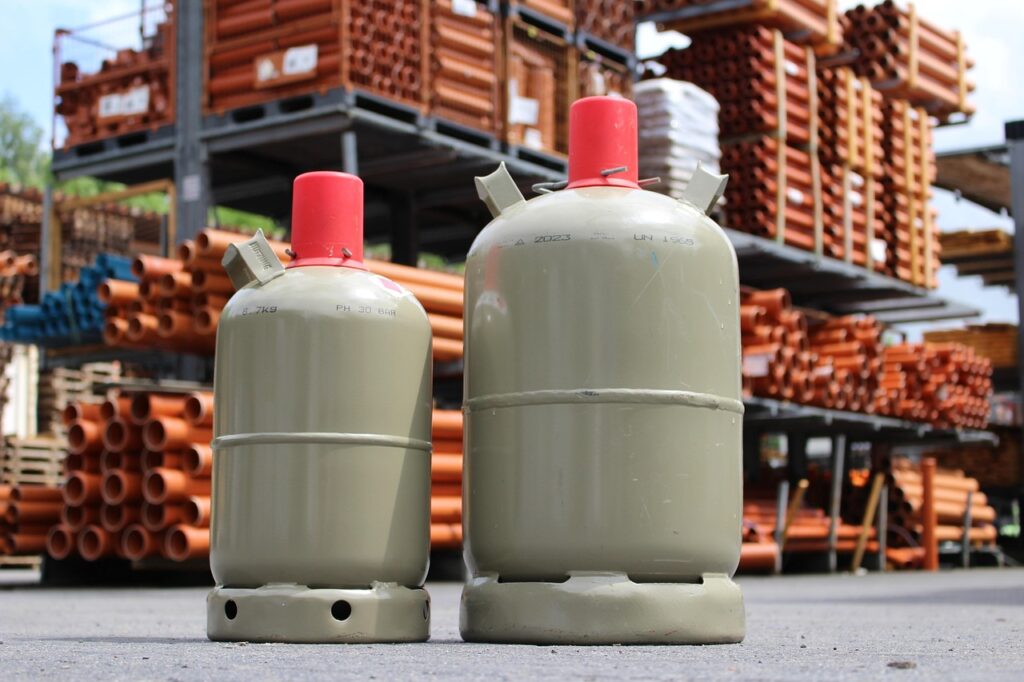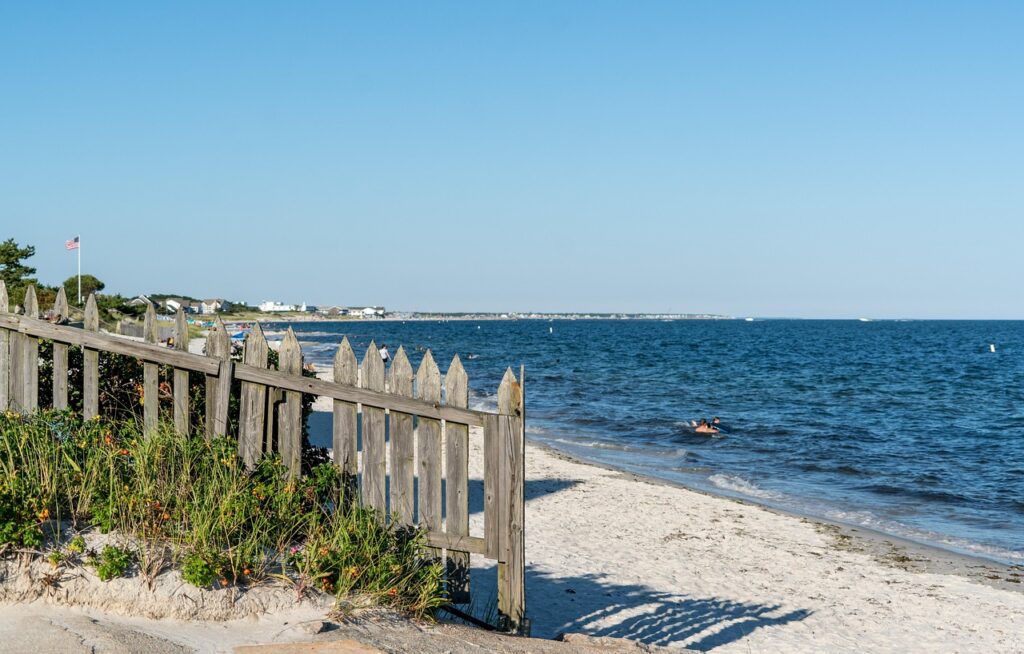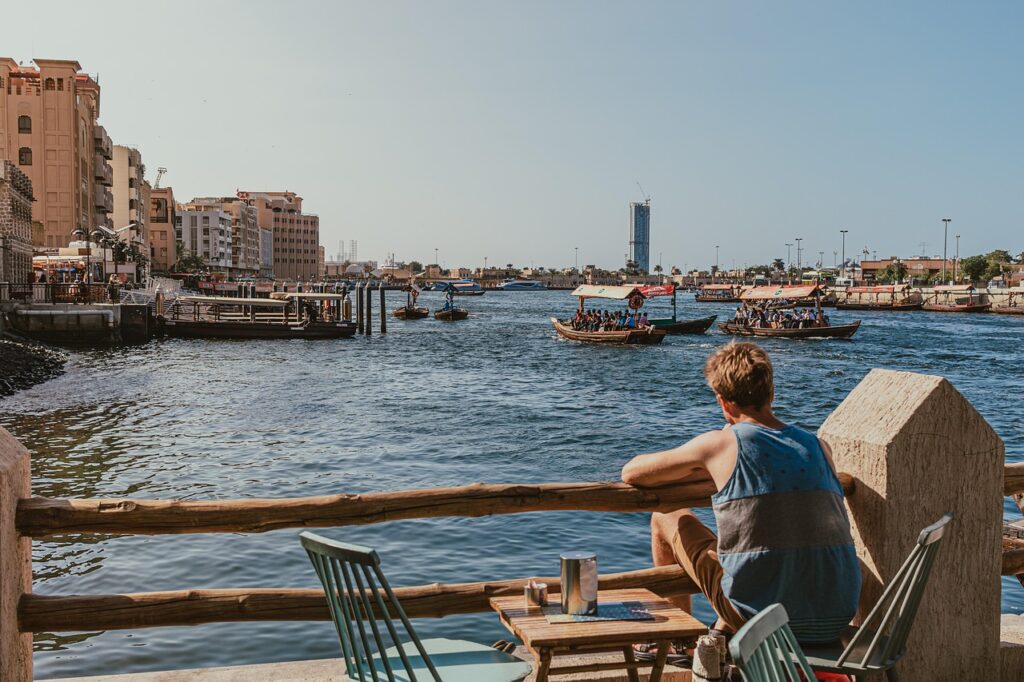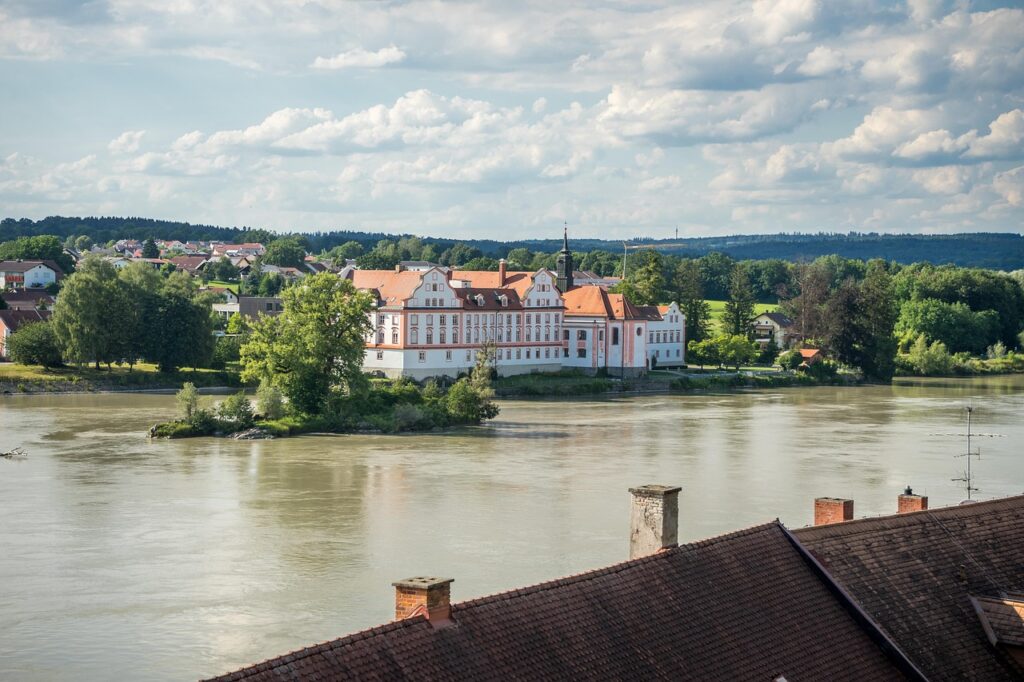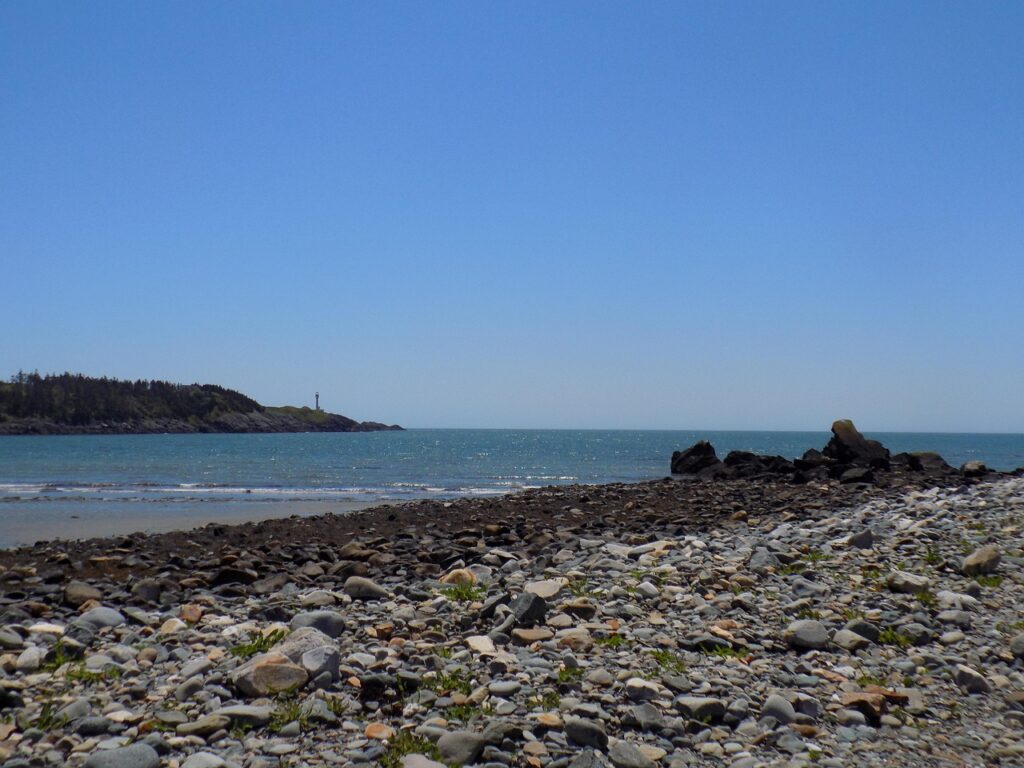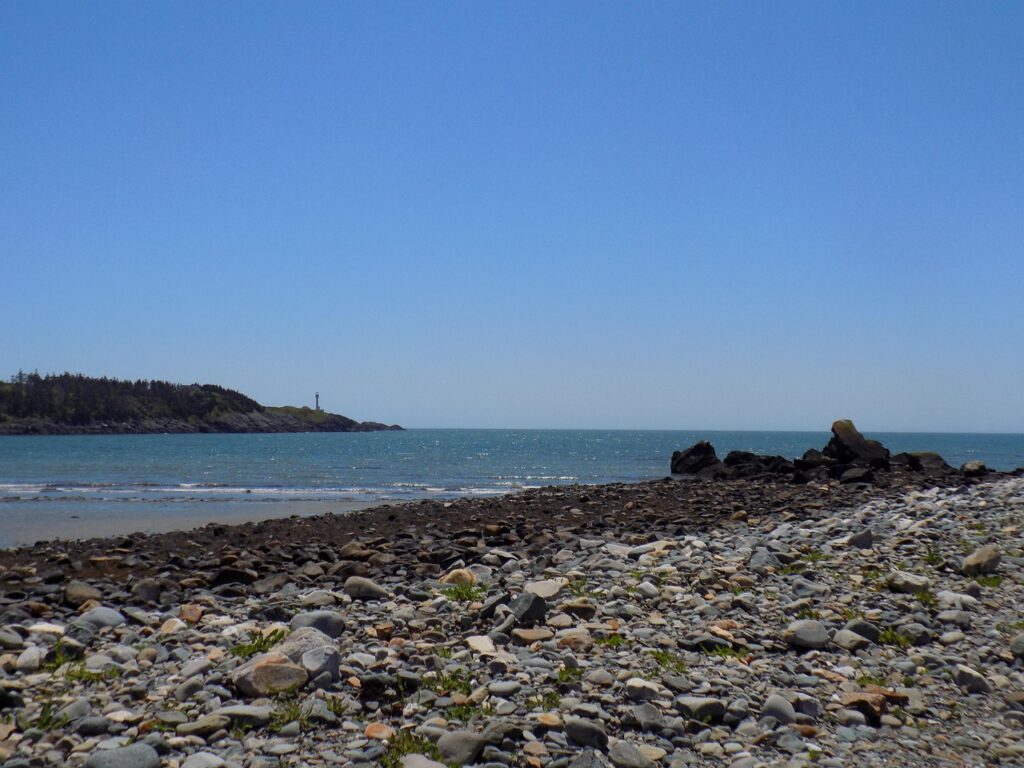Head to the rugged east coast of England, and amid the briny air of Great Yarmouth, there’s a story stitched tightly into every seam of the Yarmouth Oilskins fisherman jacket—an enduring symbol that’s gracefully transitioned from functional maritime gear to a fashion icon cherished worldwide. Born from the salty spray and gritty work of fishermen, this nautical apparel brand has woven together over a century of heritage, craftsmanship, and resilience. Despite waves of change, from globalisation to fast fashion, Yarmouth Oilskins presents a compelling blend of tradition and modernity, commanding attention alongside heavyweights like Barbour, Patagonia, and The North Face.
Origins and Evolution of Yarmouth Oilskins: From Fisherman’s Essential to Fashion Statement
The story of Yarmouth Oilskins began in 1898, sparked by John Johnson’s discovery of a waterproofing technique in New Zealand using paraffin wax—a breakthrough over the stiffer, linseed oil treatments of the time. Although he missed patenting the innovation, his “NZ Proofing” range laid the groundwork for garments that fishermen on England’s east coast embraced without hesitation. These fisherman jackets were not just protection against the elements; they became an emblem of the seafaring community.
Throughout the 20th century, Yarmouth Oilskins supplied not only fishermen but also sailors and outdoor enthusiasts alike, establishing themselves as a maker of robust, dependable clothing. Production remained steadfast in Great Yarmouth, supported by a dedicated team—some of whom remain loyal for over four decades—sewing each piece with skill.
- 🌊 Innovation: Adopting paraffin wax waterproofing early, long before others.
- 🧵 Craftsmanship: Each garment made by a single artisan for precision and durability.
- 🏭 Heritage: Continuous production in the same Norfolk coastal town for 125 years.
| Year | Milestone | Impact |
|---|---|---|
| 1880 | John Johnson’s trip to New Zealand | Discovering paraffin wax waterproofing technique |
| 1898 | Founding of Yarmouth Oilskins | Start of waterproof fisherman jackets production |
| Early 1900s | Widespread use among fishermen along East Coast | Brand reputation solidified locally and nationally |
| 2018 | Brand regeneration and archive revival | Reintroduction of classic designs with modern twist |
The Modern Appeal: Why Yarmouth Oilskins Competes with Marine Layer, Dubarry, and Other Top Nautical Apparel
In 2025, the fisherman jacket is no longer just a workwear staple but a contemporary statement of timeless style, durability, and eco-conscious production. What distinguishes Yarmouth Oilskins from other maritime wear labels like Helly Hansen or The North Face is its rootedness in British craftsmanship and the use of natural fibres sourced from the finest mills across England. This commitment to sustainable, biodegradable materials resonates well with consumers who prioritize environmental responsibility without sacrificing performance.
Versatility is another key strength. Unlike seasonal fashion, Yarmouth Oilskins focuses on a core unisex collection that layers easily for different weather, celebrated in their « 12 months, 12 looks » campaign. Whether bracing a gusty offshore wind or embracing an urban stroll, these jackets blend function with style. The garments’ construction method—one artisan crafting a single jacket from start to finish—ensures quality that mass production can rarely match.
- ♻️ Sustainability: Biodegradable natural fibres, local sourcing.
- 🎨 Design: Unisex and timeless core pieces that resist fast-fashion trends.
- 🧥 Functionality: Waterproof, durable, and comfortable in diverse climates.
| Brand | Unique Selling Point | Target Audience |
|---|---|---|
| Yarmouth Oilskins | Heritage British craftsmanship, biodegradable fabrics, unisex core collection | Outdoor enthusiasts, sustainable fashion consumers, heritage lovers |
| Marine Layer | Soft, casual layers with focus on comfort | Casual urban wearers |
| Dubarry | Luxury boating and country wear | Affluent outdoor lifestyle buyers |
| The North Face | High-performance technical outerwear | Active outdoor adventurers |
Challenges and Resilience: Maintaining British Coastal Workwear Tradition in a Global Market
Despite its rich heritage, Yarmouth Oilskins confronted the evolving fashion landscape dominated by fast fashion and cheaper overseas production. The drop in demand for coastal workwear compelled the brand to innovate and reimagine its identity in 2018, tapping into nostalgia while meeting contemporary functional needs.
The factory itself remains “rickety” but humming with purpose—pastel-painted walls, decades-old pattern cards, and the steady rhythm of sewing machines preserving artisanal tradition. This environment nurtures a tightly-knit workforce, with most garments sewn individually by skilled makers, an approach rare in today’s market.
- 🔧 Artisan-focused production: Single maker craftsmanship from cut to finish.
- 🏠 Local economy support: Ingredient sourcing to printing, local partnerships matter.
- 💪 Brand regeneration: Archive revival and creative innovation since 2018.
Frequently Asked Questions about Yarmouth Oilskins and Their Iconic Fisherman Jacket
- ❓ What makes Yarmouth Oilskins different from other nautical apparel brands?
Its heritage rooted in Great Yarmouth, traditional craftsmanship, and eco-friendly natural fabrics. - ❓ Are the fisherman jackets from Yarmouth Oilskins suited for modern fashion?
Absolutely. Their timeless designs and unisex fit make them highly adaptable for everyday style beyond workwear. - ❓ Where are Yarmouth Oilskins jackets made?
Entirely in Great Yarmouth, Norfolk, England, supporting local manufacturing. - ❓ Do Yarmouth Oilskins produce seasonal collections?
No, they focus on a core collection designed to be worn year-round. - ❓ How does Yarmouth Oilskins compare with other brands like Barbour or Helly Hansen?
While sharing similar markets, Yarmouth Oilskins emphasize British artisanal workwear heritage and sustainable materials, offering a distinct niche appeal.


